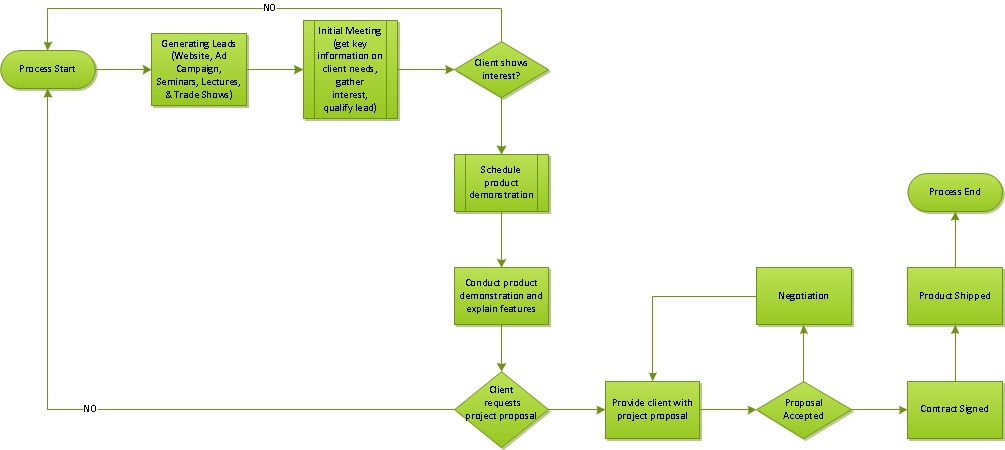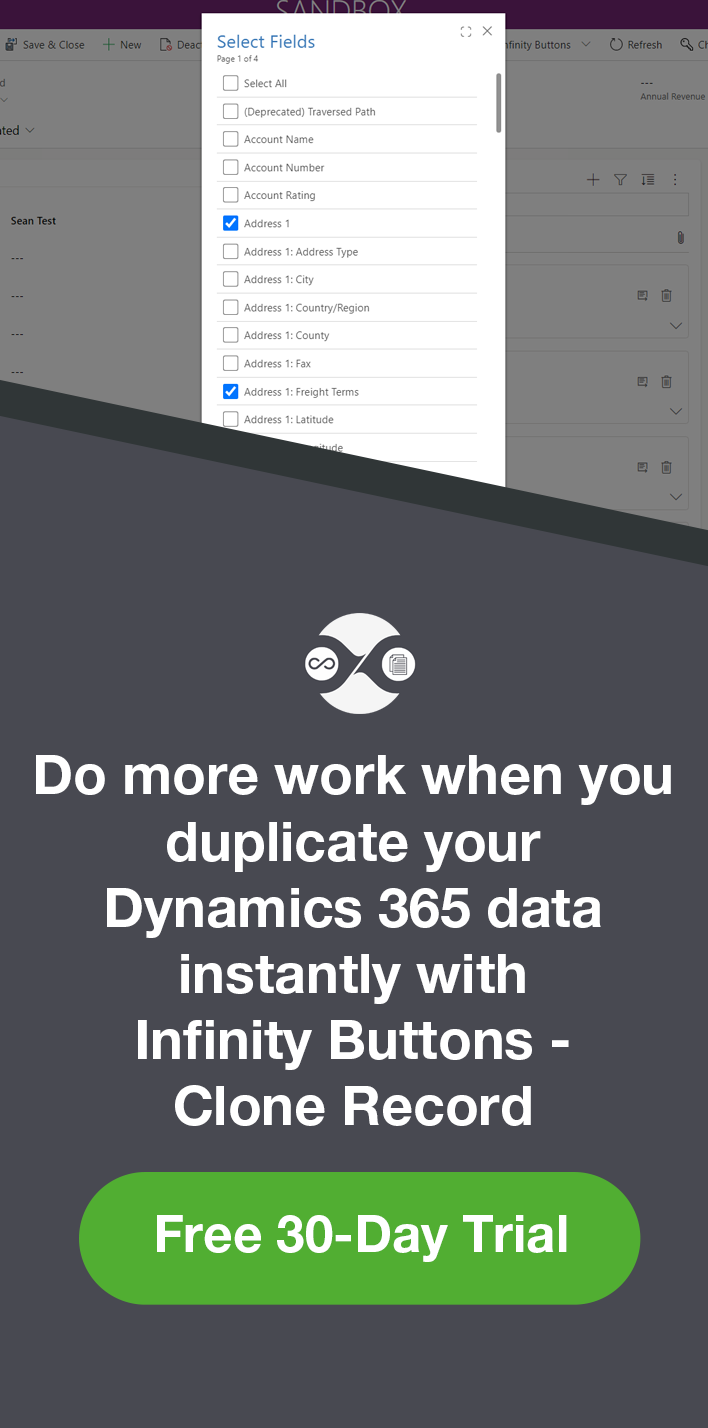How can a Business Apply Sales Force Automation?
Mark Smith, 02 January 2011
On my last two posts, I introduced you to Sales Force Automation (SFA). What it is? What can you get from it? How it will help you stay on top of your game? What makes it efficient? Now I’ll be discussing the implementation of such a method if ever you decide to embrace and leverage Sales Force Automation.
First and foremost, before you decide on a Sales Force Automation solution for your company or business, it’s important to determine what are the critical functions and components in your sales organizations. Define what your present and future sales needs for this kind of software solution such as lead management, customer contact management, customer history, order and sales tracking, sales forecast and analysis, and sales and employee performance reporting. Knowledge of the various capabilities and features of different SFA software solutions in the market is also important but your guidelines must be focused on your unique sales process and specific needs of your organization.
Second is that you have to set goals on what you want to achieve with the implementation of a Sales Force Automation solution. What processes do you want to improve? What do you want to change? What do you want to eliminate? Keep in mind the different needs of the different parts of your sales machine. For example:
• Sales agents need fast and easy access to sales material required and also to reduce administrative work.
• Managers want a clear picture of their area and get reports with summarized key data. And also get a real time sales forecast and analysis.
• Upper management wants to track sales and employee performance, and customer problems.
Next is to define the sales process that you are implementing for your business. Identify the key components that are critical to your sales organization. And create your sales process flow. For example:
• Generating Leads – Where do they come from? Your website? Ad Campaign? What’s the next step? What information do you focus on?
• Lead Flow – How to manage new and open leads? How to identify double entries? What process to follow for conversion?

Now once you have set your goals and define your sales process. The next step would be to choose an SFA solution provider. Choosing the right SFA solutions partner boils down to asking these questions: Can they implement a solution based on my unique sales process? Will they be able to meet the needs of my organization? Will this vendor help my sales organization sell more effectively? Do they offer the best solution for the money I’m spending?
One of the best SFA software available right now is Microsoft Dynamics CRM. I’ll be discussing how Microsoft Dynamics CRM helps with Sales Force Automation on my next post.

